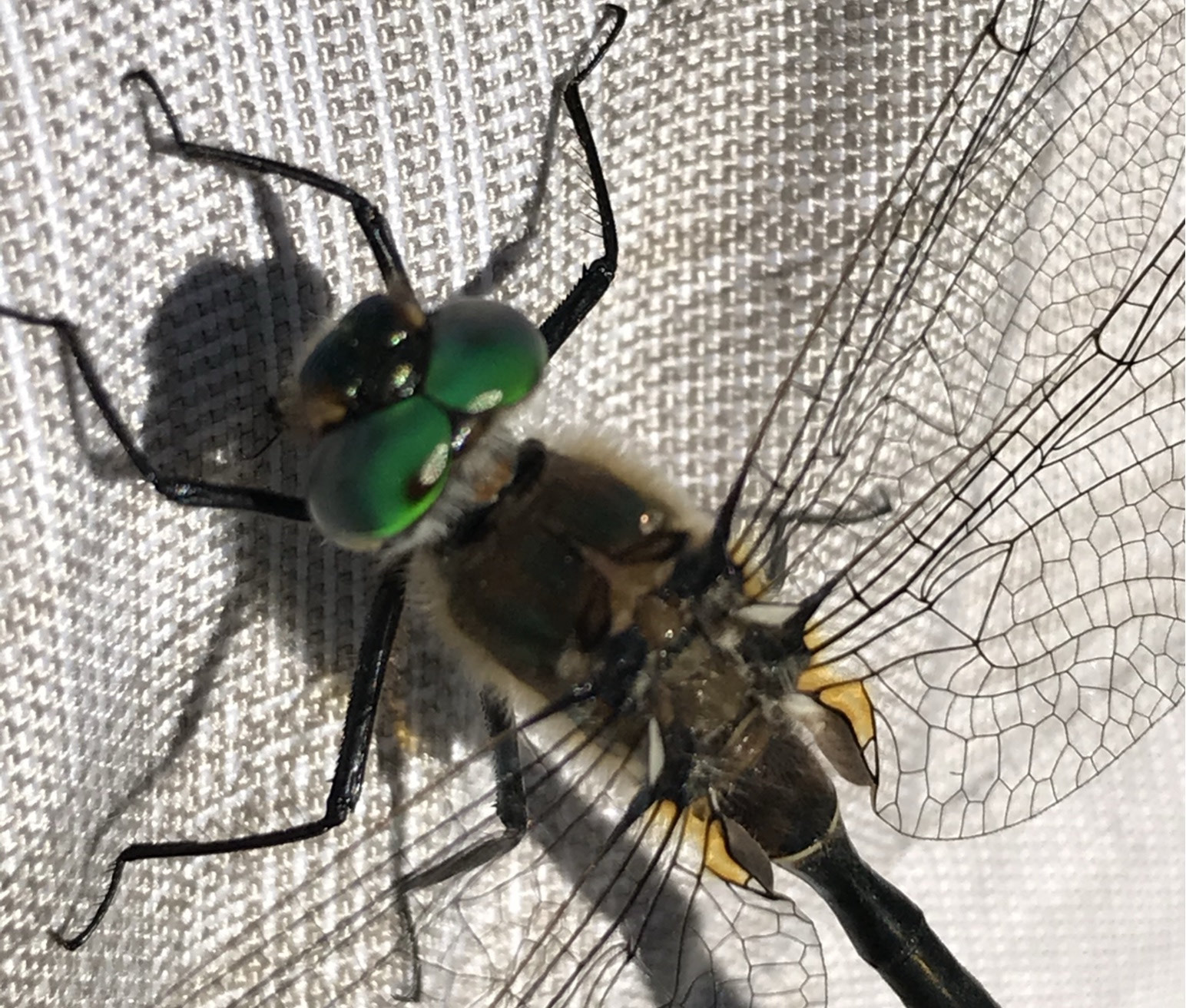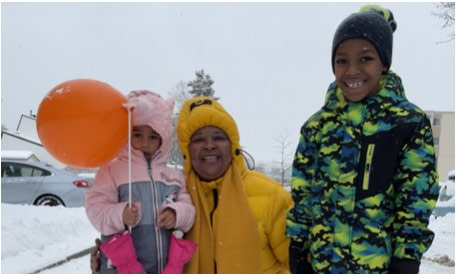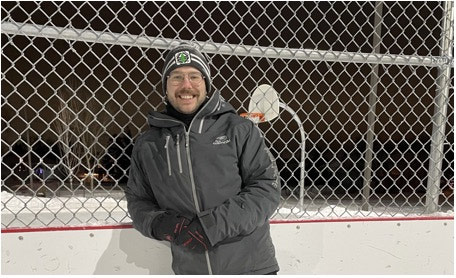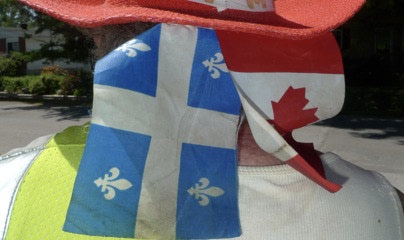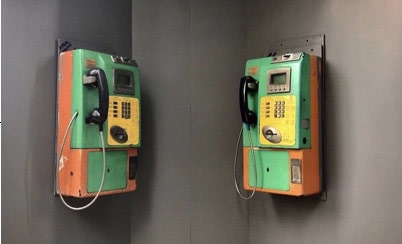Poison kills innocents: Gardeners? Avoid using them

When we seek solutions to kill annoying insects or plants, we sometimes reach for insecticides and herbicides.
Although many such poisons are available to gardeners and homeowners in nurseries, garden centres, hardware stores, and even grocery shops and dépanneurs, I believe we ought to avoid using them.
That’s because many are indiscriminate killers. And they’re designed to be. The suffix “cide” means “a killer of”.
The topic of insecticides has been in the news for years. In 1962, Rachel Carson’s seminal book, Silent Spring, explained that indiscriminate use of pesticides such as DDT was causing havoc in the food chain. In fact, Carson called such chemicals “biocides” because they linger in the environment.
In a documentary about her made by CBS in 1962, she said, “Sprays, dusts and aerosols are now applied almost universally to farms, gardens, forests and homes – non-selective chemicals that have the power to kill every insect, the ‘good’ and the ‘bad’, to still the song of the birds and the leaping of fish in the streams, to coat the leaves with a deadly film and to linger on in the soil – all this though the intended target may be only a few weeds or insects.” (cbsn.ws/2JUm2TK)
Small is beautiful
In 1973, British economist E. F. Schumaacher’s book Small Is Beautiful: A Study of Economics As If People Mattered was published. In it, he championed the notion that “bigger is not better” as applied to such things as resources and technologies. Like Carson, he noted that Nature possesses a limited ability to absorb pollution.
We can apply his principle of “small is beautiful” to our own properties, as homeowners and gardeners in our own “backyards”.
Avoiding chemicals
Give poison and chemical aisles a miss. This way, the bird picking up the caterpillar on your garden flower to feed itself (or its babies) won’t be harmed “on your watch.”
Poison ivy example. Looking for an easy solution, I made a concoction of vinegar and salt and sprayed it on this noxious plant’s leaves. It didn’t work. A friend suggested I should dig up the roots – so I did. Now the one location where “PI” grew in my garden is covered in about 10 cm of wood-chip mulch, created from windfalls on our woodland trails. No chemicals.
Other friends handpick scarlet beetles from lilies and potato beetles from potato plants. Squishing them (or drowning them) is unpleasant, but as with the poison ivy, we’ve made a deliberate choice to avoid Roundup (glyphosate) or insecticides.
Birds in trouble
Nina Stavlund frequently posts on Facebook. On June 5, she posted about the agonizing death of a racing pigeon, writing, “I was holding the pigeon in my hands. It kept shaking and kicking, gasping for air, throwing its head far back while rolling its eyes frantically around.”
It died. Stavlund took its corpse to Lynwood Animal Hospital: an autopsy confirmed death by poisoning.
Stavlund explained, “I could kick myself for not filming the last 30 minutes of this bird’s life. If everyone could see how awful this process is and the pain and fear the poor bird had to go through, maybe they would think twice about using this stupid stuff. I can’t believe this is being done, and what would have happened if we didn’t make sure the bird was properly disposed of?”
Her last question reminds us of Carson’s term, biocide. Scavengers might eat the corpse, fall ill, suffer, and possibly die. Or, feed their babies.
And this is how poison persists in the environment via a contaminated food chain.
Small is beautiful: can we make a difference, and choose not to use chemicals in our homes and gardens?
Katharine Fletcher is a freelance writer, author and visual artist. Contact her at fletcher.katharine@gmail.com; check her art at facebook.com/KatharineFletcherArtist/
Photo: Alana Repstock

